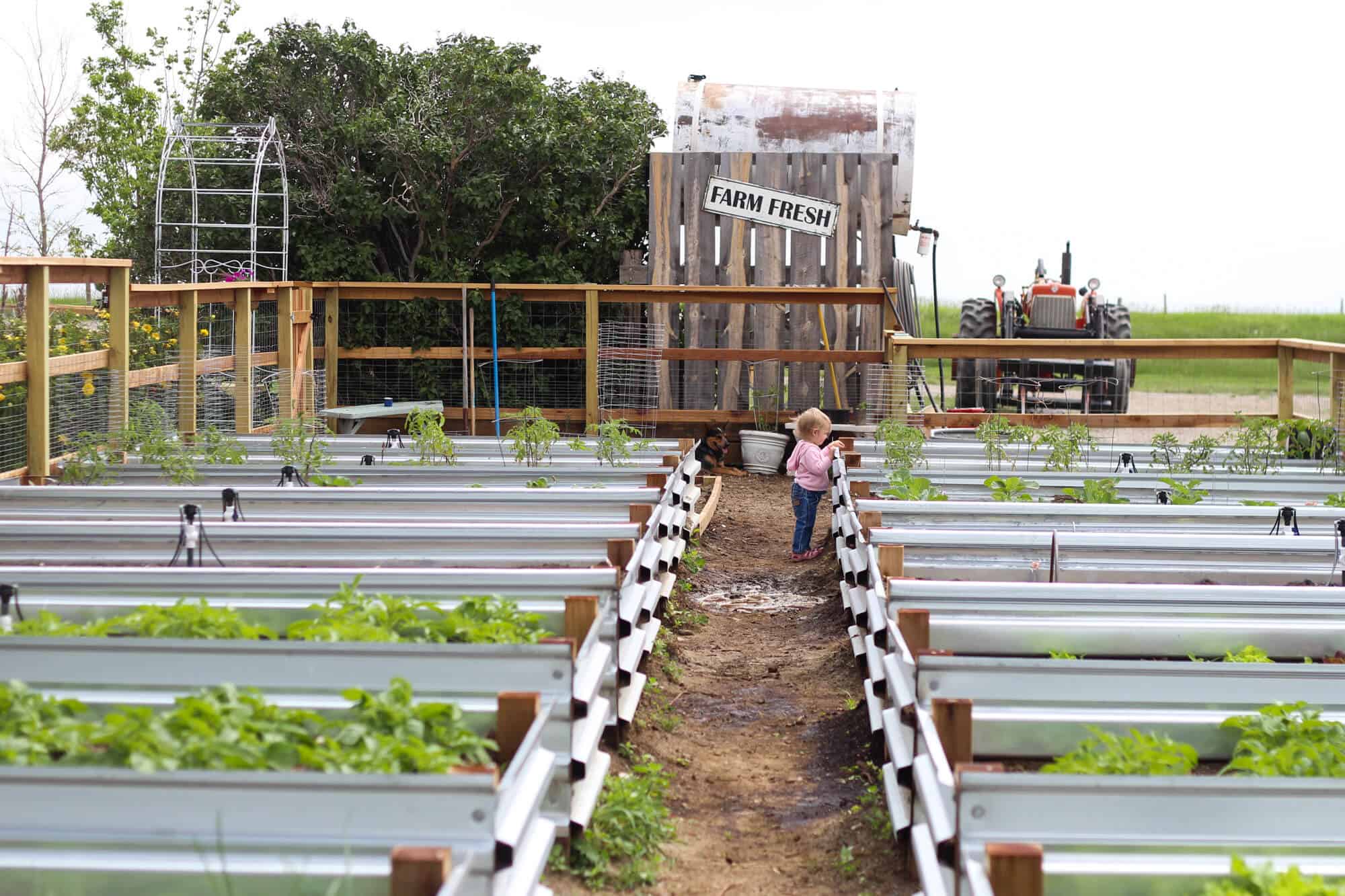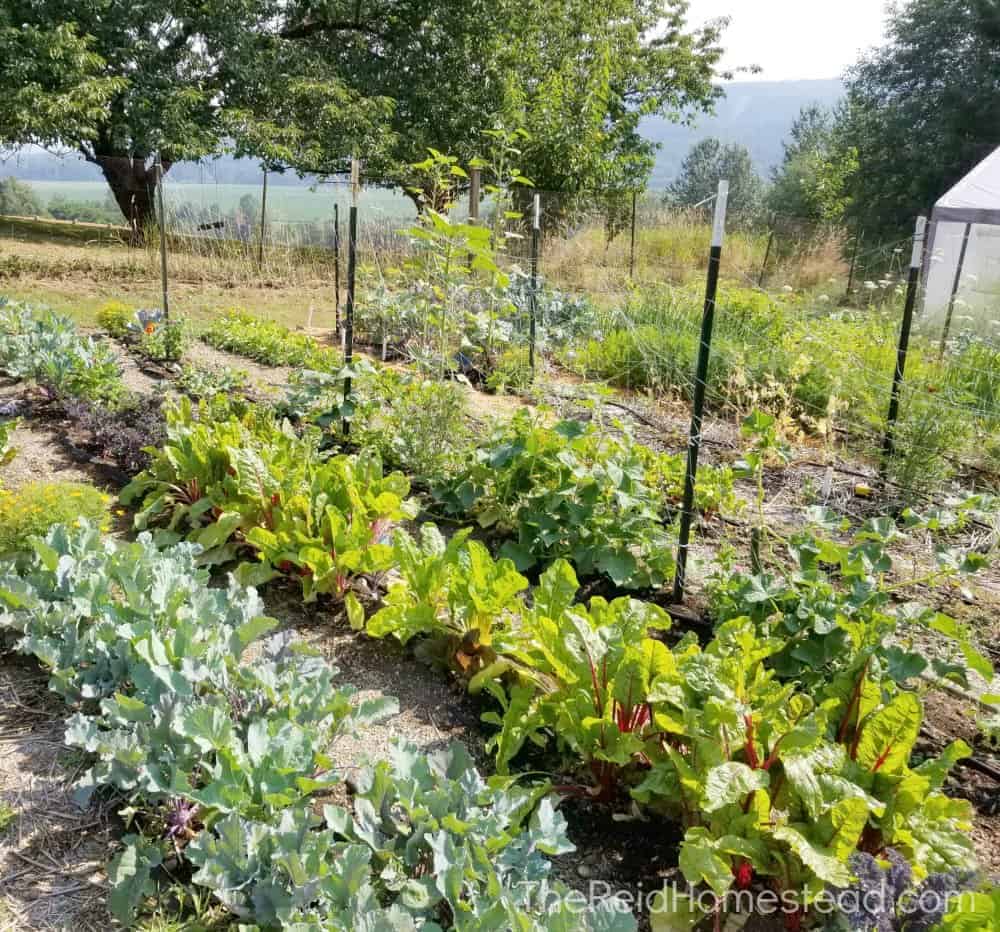Maximizing Yield in Homestead Gardening
Maximizing Yield in Homestead Gardening
Blog Article
Uncover the Secrets to Developing a Effective and beautiful Gardening Area
Producing a effective and gorgeous gardening space is not just an issue of growing flowers and vegetables; it calls for a calculated technique that includes numerous vital elements. From selecting the right location based upon sunlight and soil type to attentively making your layout and picking ideal plants, each decision plays an essential role in the success of your garden. Moreover, ongoing upkeep is necessary to maintain its appeal and performance. As you consider these factors, take into consideration exactly how they link to unlock the complete capacity of your horticulture undertakings. What details strategies can raise your space beyond the ordinary?
Choosing the Right Location
Selecting the suitable location for your garden is vital to its success and general aesthetic appeal. The very first step in this process entails evaluating sunshine exposure, as most plants need at the very least six hours of direct sunlight daily (Homestead Gardening). A south-facing yard typically obtains the most light, while shaded areas can hamper growth and blooming
In addition, consider dirt top quality and drain. Well-draining dirt is important to prevent water logged origins, which can cause plant diseases. Conducting a soil test can provide important information relating to pH levels and nutrient web content, enabling you to modify the dirt appropriately.
Furthermore, closeness to water sources is another factor to consider - Homestead Gardening. Having very easy accessibility to a tube or irrigation system can simplify the watering process and motivate regular plant treatment. Wind protection is likewise vital; positioning your garden near frameworks, such as fencings or wall surfaces, can protect it from severe winds that may harm delicate plants
Last but not least, take into consideration ease of access for maintenance and harvesting. A well-placed garden permits hassle-free access, guaranteeing that you can easily have a tendency to your plants without triggering unnecessary stress and anxiety or disruption. Thoughtful area selection lays the foundation for a growing yard.
Picking Plants Wisely
When picking plants for your yard, it's necessary to consider elements such as climate, soil conditions, and personal preferences to guarantee a harmonious and efficient room. A complete understanding of your regional climate will certainly assist you in choosing plants that prosper in your particular atmosphere. For circumstances, choosing drought-resistant varieties is useful in dry regions, while moisture-loving varieties may be more proper for areas with high rains.
Dirt problems are just as important; carrying out a soil examination can disclose pH levels and nutrient web content, allowing you to choose plants that will flourish. Native plants are often an outstanding option, as they are commonly well-adapted to regional soil kinds and call for less maintenance.
Furthermore, consider your horticulture objectives. Are you going for a decorative display screen, a vegetable garden, or maybe a combination of both? This will affect your selections significantly. Mirror on your individual choices-- choosing plants that resonate with your aesthetic preferences will certainly enhance your pleasure and dedication to preserving your yard. By very carefully assessing these factors, you can produce a varied and growing plant option that raises your horticulture experience.
Designing Your Yard Layout
With a thoughtfully chosen plant selection in hand, the following action is to create a yard layout that takes full advantage of both elegance and performance. Begin by assessing the readily available room, considering aspects such as color, sunshine, and wind patterns. A well-planned format should integrate various zones, including locations for growing, pathways, and perhaps seating.
Beginning with bigger plants or centerpieces, such as trees or tall perennials, positioned purposefully to develop visual passion. Layer smaller plants ahead to improve deepness and structure. Think about the development habits of your selected plants; taller ranges must be positioned at the back or center of beds, while shorter ones can line the sides.
Incorporating pathways not only facilitates access for upkeep however also invites expedition. Use materials that match the garden's general aesthetic, whether rock, crushed rock, or timber chips.
Furthermore, assume regarding seasonal modifications and how your design will certainly look throughout the year. Incorporating evergreens together with seasonal blossoms can make sure year-round elegance. Ultimately, a well-designed garden layout integrates the natural charm of plants with useful considerations, leading to a space that is both inviting and efficient.
Enhancing Soil Health

To improve soil wellness, start by conducting a dirt examination to examine pH levels, nutrition material, and dirt appearance. This will certainly educate your changes. Integrate natural matter such as compost, well-rotted manure, or leaf mold to improve soil structure, water retention, and microbial activity. Furthermore, practicing crop rotation can stop nutrient depletion and minimize insect and disease stress.
Mulching is one more efficient method; it not only saves dampness but likewise reduces weeds and progressively enhances the dirt as it breaks down. Staying clear of excessive tillage is critical, as it can disrupt More Info soil structure and injury useful microorganisms. Instead, take on no-till or very little tillage practices to maintain soil integrity.

Maintaining Your Yard Properly
A properly maintained yard is a source of pride and productivity, calling for regular interest to guarantee that plants grow and the landscape remains welcoming. Reliable yard maintenance involves several essential techniques that boost the health and wellness of your plants and the total aesthetic of your area.
Routine watering is essential; however, it is crucial to tailor your watering timetable based on the certain demands of your plants and neighborhood climate conditions. Mulching can assist retain moisture, subdue weeds, and manage dirt temperature level. Moreover, prompt weeding protects against competitors for nutrients and sources, ensuring that your plants prosper.
Pruning is one more crucial job. It encourages healthy development, eliminates infected or dead branches, and forms plants to maintain an attractive structure. Additionally, checking for bugs and illness is vital; early detection and intervention can save your plants helpful resources from significant damage.
Fertilization ought to be implemented thoughtfully, utilizing organic options whenever possible to advertise long-lasting dirt health. Ultimately, seasonal jobs such as planting, splitting perennials, and preparing for winter will certainly guarantee your garden remains lively year-round. By adhering to these practices diligently, you can grow a garden that is both efficient and beautiful.
Conclusion
Finally, the production of a productive and stunning gardening room calls for mindful consideration of a number of vital components. Choosing a proper place with ample sunshine, picking ideal plants, making an aesthetically pleasing layout, enhancing dirt health, and ensuring normal upkeep are necessary parts. By incorporating these techniques, one can cultivate a flourishing garden that not only improves the landscape however likewise promotes environmental equilibrium and sustainability. Such a technique eventually results in a rewarding gardening experience.
From choosing the right place based on sunlight and dirt type to thoughtfully designing your layout and selecting ideal plants, each choice plays a critical duty in the success of your yard. Well-draining dirt is necessary to avoid water logged roots, which can lead to plant conditions.When choosing plants for your garden, it's vital to consider factors such as environment, soil conditions, and personal choices to make certain a effective and unified room. Eventually, a properly designed garden format balances the all-natural appeal of plants with sensible factors to consider, resulting in a space that is both inviting and effective.

Report this page